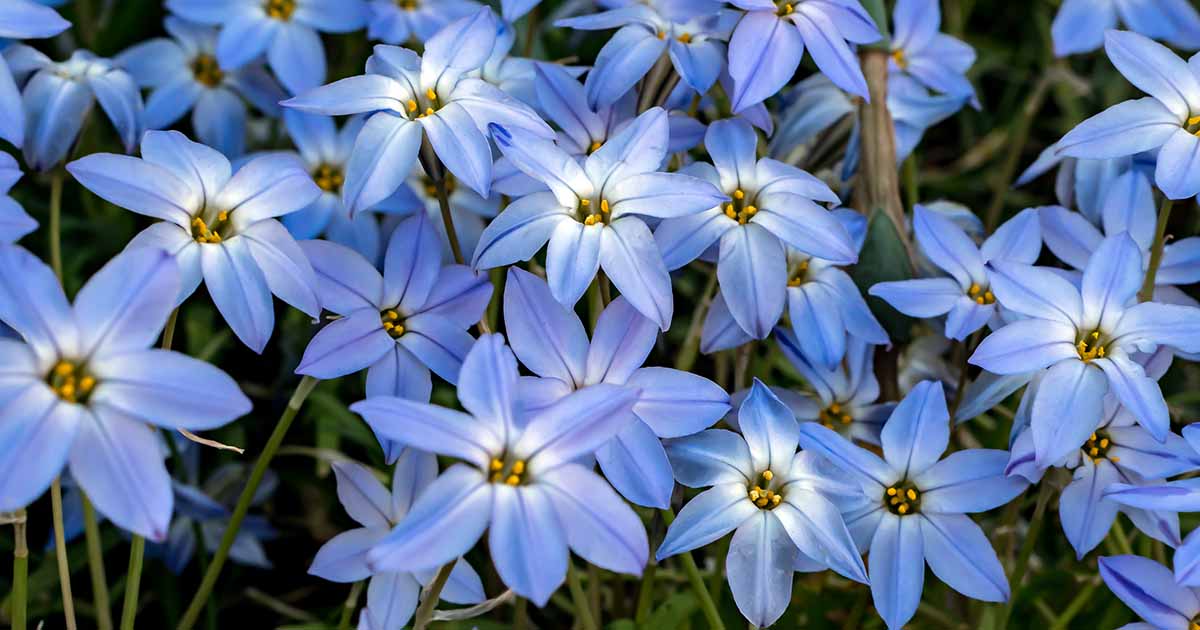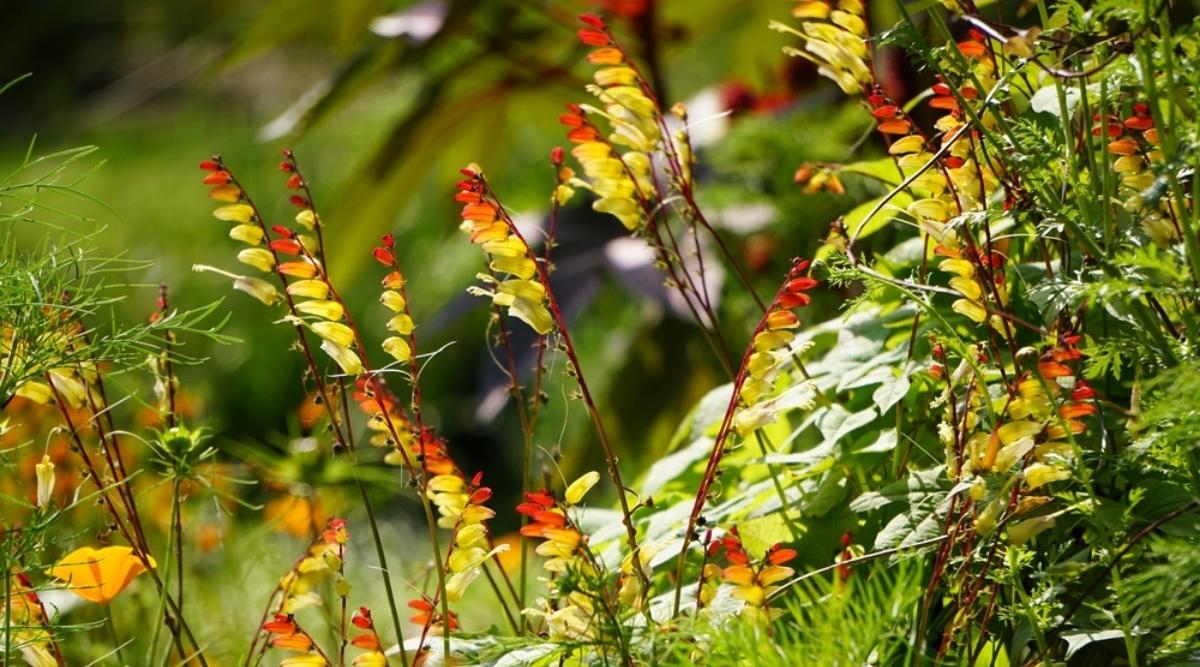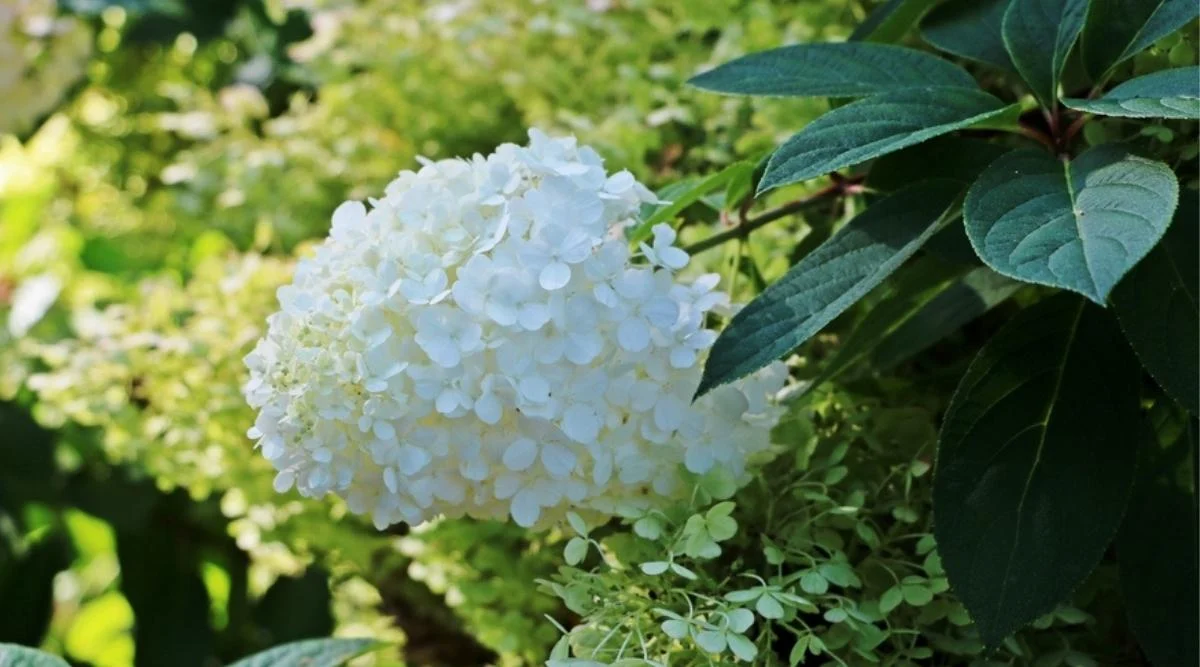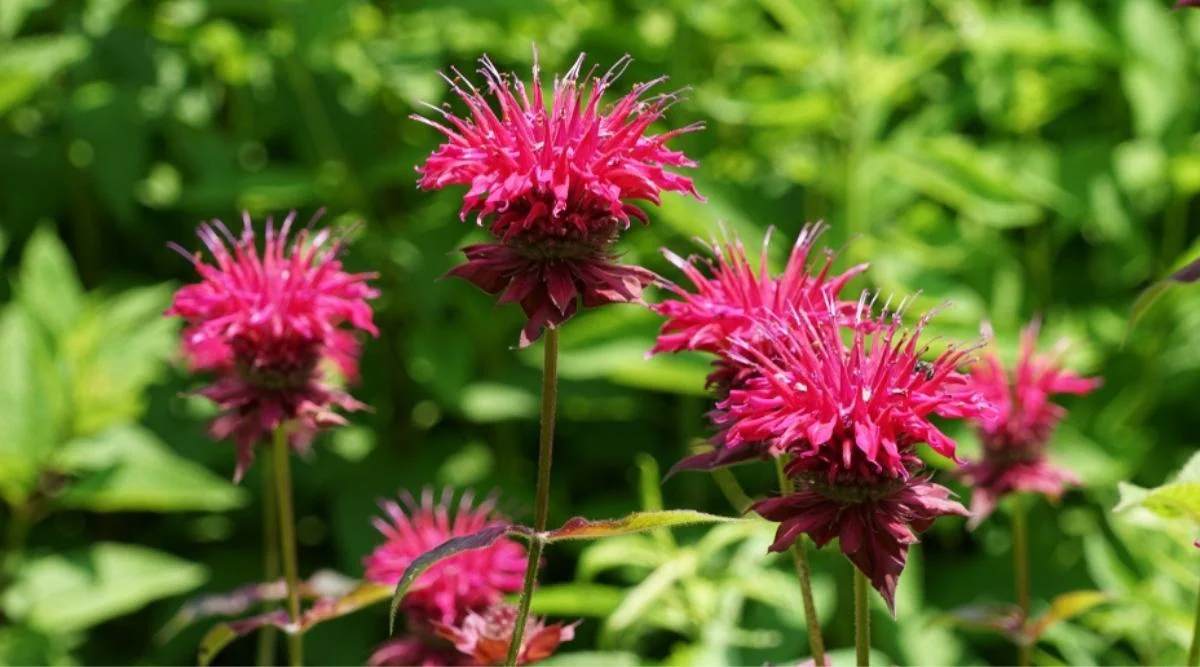meatthesavages.com – The Spring Starflower (Ipheion uniflorum) is a charming and delicate perennial that graces gardens with its star-shaped blooms in early spring. Known for its lovely, fragrant flowers, this plant is a favorite among gardeners who seek to add color and interest to their landscapes during the cooler months. Native to South America, particularly Argentina and Uruguay, the Spring Starflower has made its way into gardens around the world due to its low-maintenance nature, striking appearance, and ability to thrive in a variety of conditions.
Physical Characteristics of Spring Starflower
The Spring Starflower is a bulbous perennial that typically grows between 6 to 12 inches in height, making it a perfect choice for rock gardens, borders, or containers. The plant forms dense clumps of narrow, grass-like leaves that emerge in the early spring and provide a lush, green backdrop for the flowers. These leaves are slender, strappy, and have a soft texture, contributing to the overall delicate appearance of the plant.
The standout feature of the Spring Starflower is its beautiful star-shaped flowers. Each flower consists of six petals that radiate outward, creating a star-like shape that can range from 1 to 2 inches in diameter. The flowers appear in shades of pale blue, lavender, or white, often with a darker central stripe or eye, adding depth and interest to the bloom. The flowers are not only visually appealing but also emit a light, sweet fragrance that attracts pollinators such as bees and butterflies.
Spring Starflowers typically bloom in early to mid-spring, often as one of the first flowers to emerge after the winter thaw. The blooms last for several weeks, brightening up gardens and landscapes as the weather begins to warm. After flowering, the leaves die back and the plant goes into a dormant phase, conserving energy for the next growing season.
Growing Conditions and Care
Spring Starflowers are easy to grow and require minimal maintenance, making them an excellent choice for both beginner and experienced gardeners. They thrive in a variety of garden conditions, from full sun to partial shade, and are well-suited to a range of soil types, provided they are well-draining. This versatility makes them a valuable addition to many different garden styles, from cottage gardens to modern landscapes.
- Light: Spring Starflowers perform best in full sun, where they can receive at least 6 hours of direct sunlight each day. However, they can also tolerate light shade, especially in hotter climates, where some afternoon shade can protect the plant from scorching.
- Soil: Well-drained soil is essential for the Spring Starflower, as it is prone to rot in overly wet conditions. It can tolerate a range of soil types, from sandy to loamy, but prefers slightly acidic to neutral pH levels. Incorporating organic matter into the soil can help improve drainage and provide nutrients for healthy growth.
- Watering: These flowers are relatively drought-tolerant once established, but they perform best with regular watering during their growing and blooming seasons. Water deeply when the soil feels dry, but avoid over-watering, as this can lead to bulb rot. After the flowering period, reduce watering as the plant enters dormancy.
- Fertilization: Spring Starflowers generally do not require heavy fertilization. However, applying a balanced, slow-release fertilizer in early spring can encourage healthy growth and vibrant blooms. Over-fertilizing may result in excessive foliage growth at the expense of flowers, so it’s important to follow the manufacturer’s instructions.
- Planting: The Spring Starflower is typically grown from bulbs, which should be planted in the fall, about 3 to 4 inches deep, and spaced 4 to 6 inches apart. Planting in groups of 10 or more bulbs can create a more dramatic effect and ensure that the flowers form a cohesive display. The bulbs should be planted in well-draining soil to prevent waterlogged conditions, which can cause them to rot.
- Division: Over time, the bulbs may multiply and create a dense clump of plants. Dividing the bulbs every 3 to 4 years can help maintain their health and ensure that the plants continue to bloom vigorously. This is best done in late summer, once the foliage has died back, and the bulbs are in a dormant state.
Ecological Role of Spring Starflower
The Spring Starflower plays an important role in supporting early-season pollinators, particularly bees, which are attracted to its sweet fragrance and colorful blooms. By planting Spring Starflowers in your garden, you can help provide a food source for these essential pollinators as they emerge from their winter hibernation.
Additionally, the plant is often used in landscaping to attract beneficial insects that help control pests. Its bright flowers also add early-season beauty to gardens, making it a valuable contributor to the overall ecosystem and aesthetic appeal of the garden.
Varieties of Spring Starflower
While the species Ipheion uniflorum is most commonly found in gardens, there are a few cultivars and variations that offer slight differences in flower color and size. Some notable varieties include:
- Ipheion uniflorum ‘Alberto Castillo’: Known for its deep blue, star-shaped flowers and its larger, more robust growth habit.
- Ipheion uniflorum ‘White Star’: This variety features pure white flowers with a subtle yellow center, offering a softer, more elegant appearance.
- Ipheion uniflorum ‘Rolf Fiedler’: A cultivar that boasts pale lavender-blue flowers and is particularly fragrant, making it a favorite for gardeners who enjoy aromatic plants.
These varieties provide options for gardeners who are looking to experiment with different flower colors and growth habits, though all offer the same basic charm and ease of care.
Uses in Landscaping
Spring Starflowers are versatile and can be used in various landscaping applications. Some common uses include:
- Rock Gardens: Their compact size and early blooming season make Spring Starflowers an ideal choice for rock gardens, where they can provide color and texture during the transition from winter to spring.
- Borders and Edging: These flowers work well as part of garden borders or as edging plants, where their low-growing habit and vibrant colors can create a striking visual effect.
- Containers and Hanging Baskets: Due to their small size, Spring Starflowers are perfect for planting in containers, pots, or hanging baskets, where they can be moved around the garden or patio for seasonal display.
- Wildlife Gardens: Planting Spring Starflowers as part of a wildlife garden helps support pollinators, including bees and butterflies, making them an excellent choice for eco-friendly gardens.
- Mass Plantings: Planting large swaths of Spring Starflowers creates a beautiful, carpet-like effect, especially when grown in groups or drifts. Their vivid colors and early bloom make them particularly striking when planted in mass.
Conclusion
The Spring Starflower is a delightful and easy-to-grow plant that brings early-season beauty and fragrance to gardens. With its star-shaped flowers, vibrant colors, and ability to thrive in a variety of conditions, it’s a perfect addition for gardeners looking to brighten up their landscapes in the spring. Whether planted in rock gardens, borders, or containers, the Spring Starflower provides a simple yet stunning way to celebrate the arrival of warmer weather and support early-season pollinators. Its charming blooms and minimal care requirements make it a favorite among gardeners of all skill levels.



